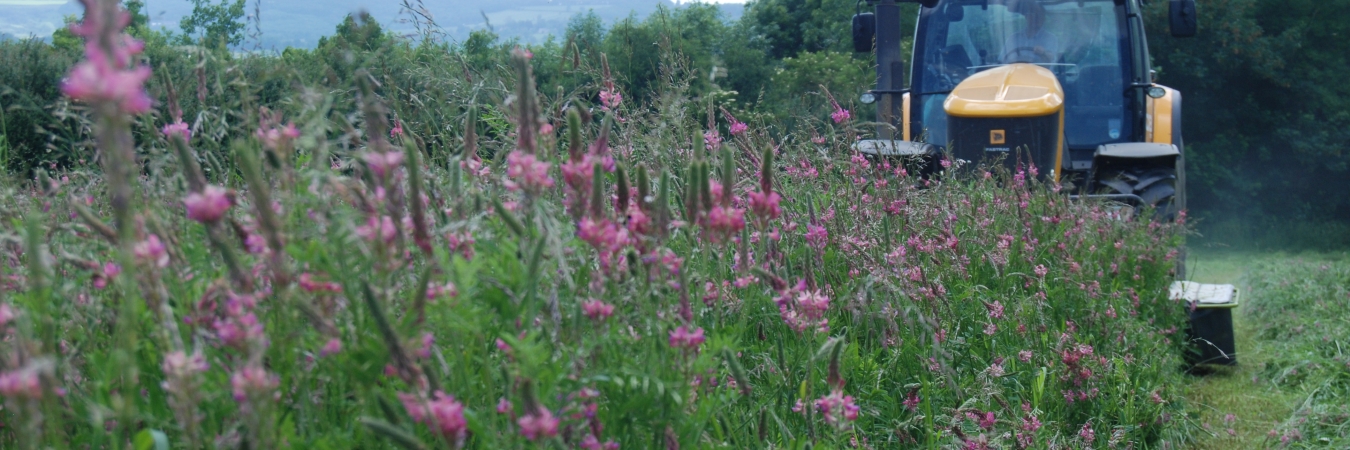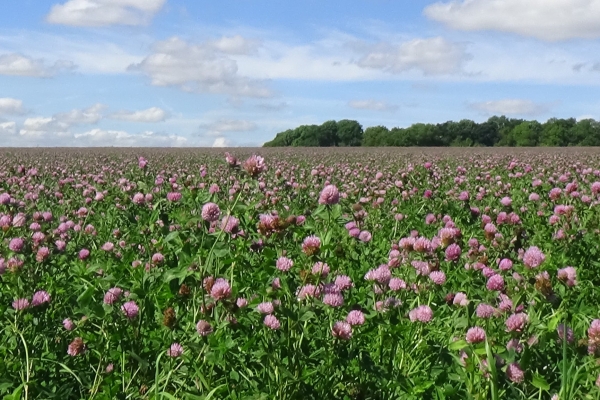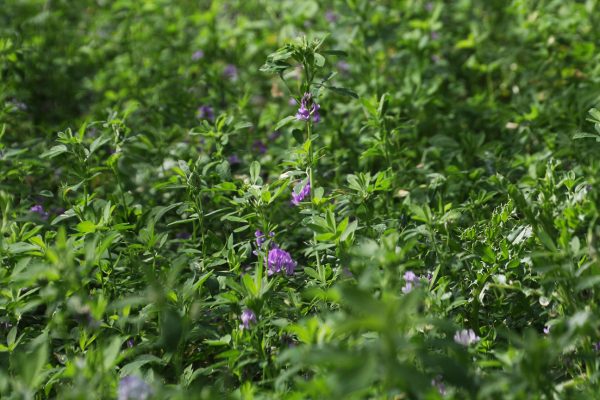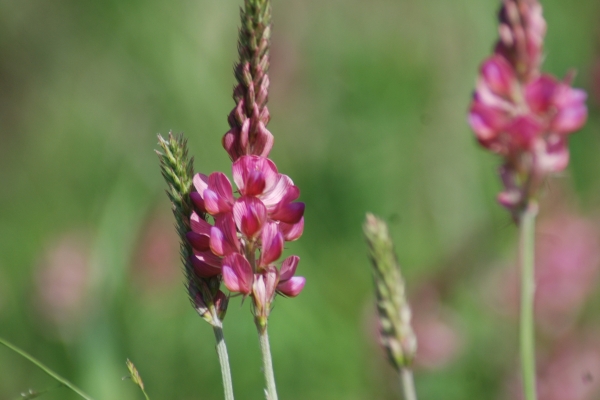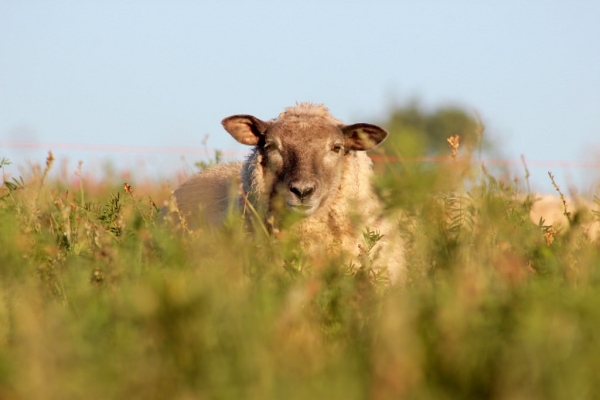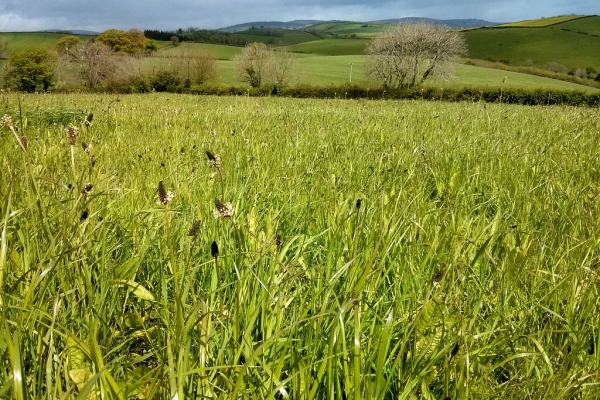Novel forage crops
Organic Management Techniques to Improve Sustainability of Non-Organic Farming
Resource explained
This abstract was composed as part of a Defra-funded project looking at organic management techniques that could be applied on non-organic farms and help improve sustainability. It describes information on novel forage crops, listing the main agronomic, economic and/or ecological value you can expect to gain from growing sainfoin, chicory and lucerne. It includes practical recommendations such as the time of year they should be planted, suitability according to your farming system, and equipment required. It also includes a case study of a farmer who is applying the practice. Potential benefits and potential barriers you would need to consider and financial implications are also listed.
Findings & recommendations
- Modern forage crop cultivars do not always provide the yield or management benefits required on all farms. Lucerne, sainfoin and chicory have the potential to fill these gaps, and with correct management supply high quality, drought tolerant feed for cattle and sheep.
- They are deep rooting legumes capable of producing high yields of high protein forage. Lucerne is suited to a multi cut system, sainfoin can be cut and grazed, chicory is commonly grown in mixtures – it can be selectively grazed so needs to be managed, but it does suit mob grazing strategies.
- All three crops have large potential on non-organic farms. They can bring a reduction in fertiliser inputs, reduced concentrate food and healthier stock. They can provide high quality feed stuffs particularly during droughts and dry periods, will improve soil if used within an arable rotation, and provide free nitrogen for the following crop.
- Some of the drawbacks to implementation include that they can be particularly susceptible during wet years, and crop failures can occur due to verticillium wilt. Lucerne hay is difficult to make because leaves shatter easily, and weed control can be challenging.
Header image shows sainfoin being mown at Daylesford Organic Farm in Gloucestershire
